Modernist muse: the art world significance of Mies van der Rohe’s collages
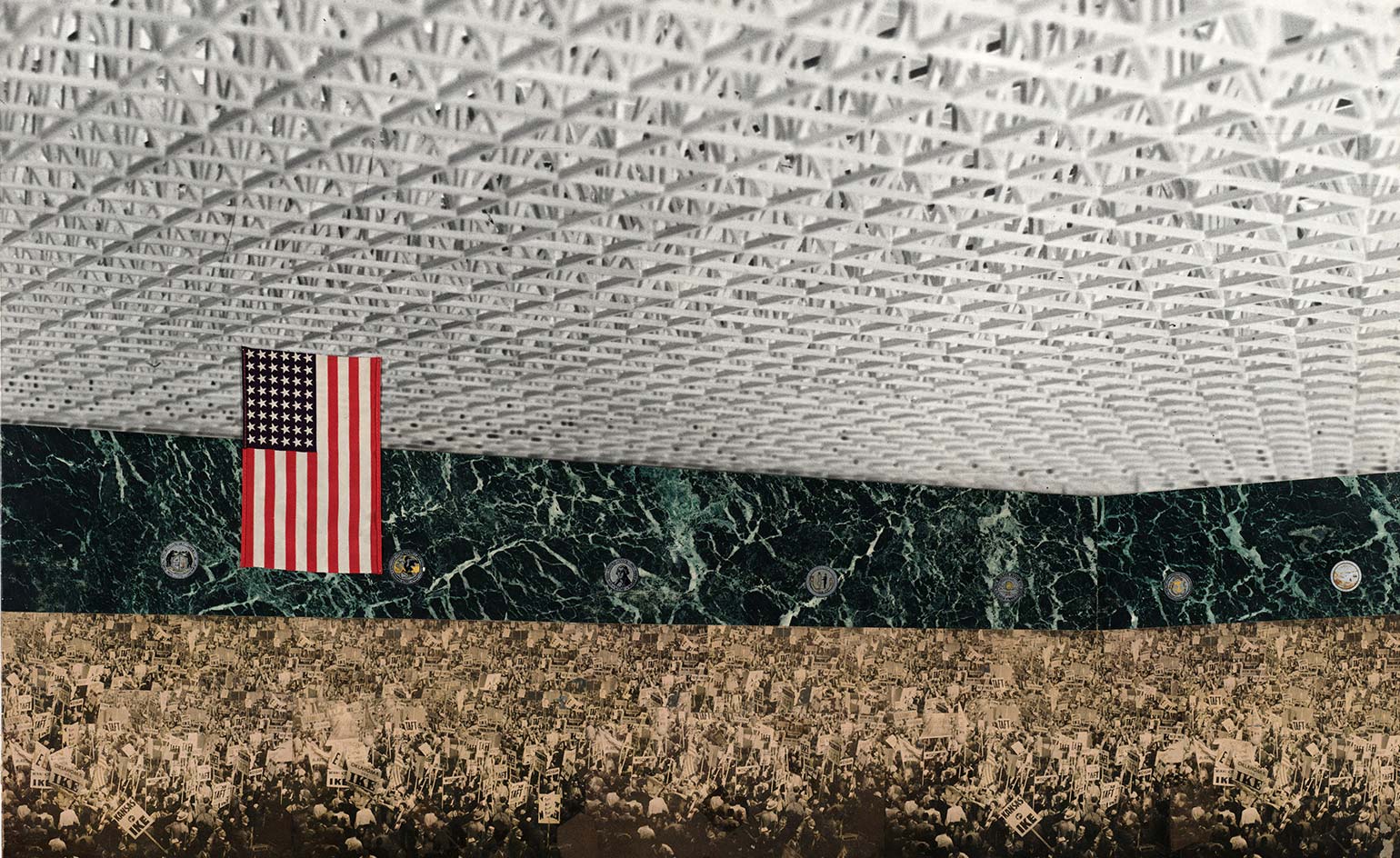
Drawn from MoMA's collections, a host of collages by Ludwig Mies van der Rohe are on display together for the first time at the Ludwig Forum in Aachen, Germany. The works provide a glimpse into van der Rohe’s design process, yet are also autonomous pieces of art. Displayed beside other artists of the 20th century, they place van der Rohe at the heart of the modernist movement.
Made between the years 1910 and 1965, van der Rohe used these large-scale collages to visualise space, presenting them for competitions, exhibitions and journals and using them to explore his ideas and theories for Neues Bauern or ‘New Building’.
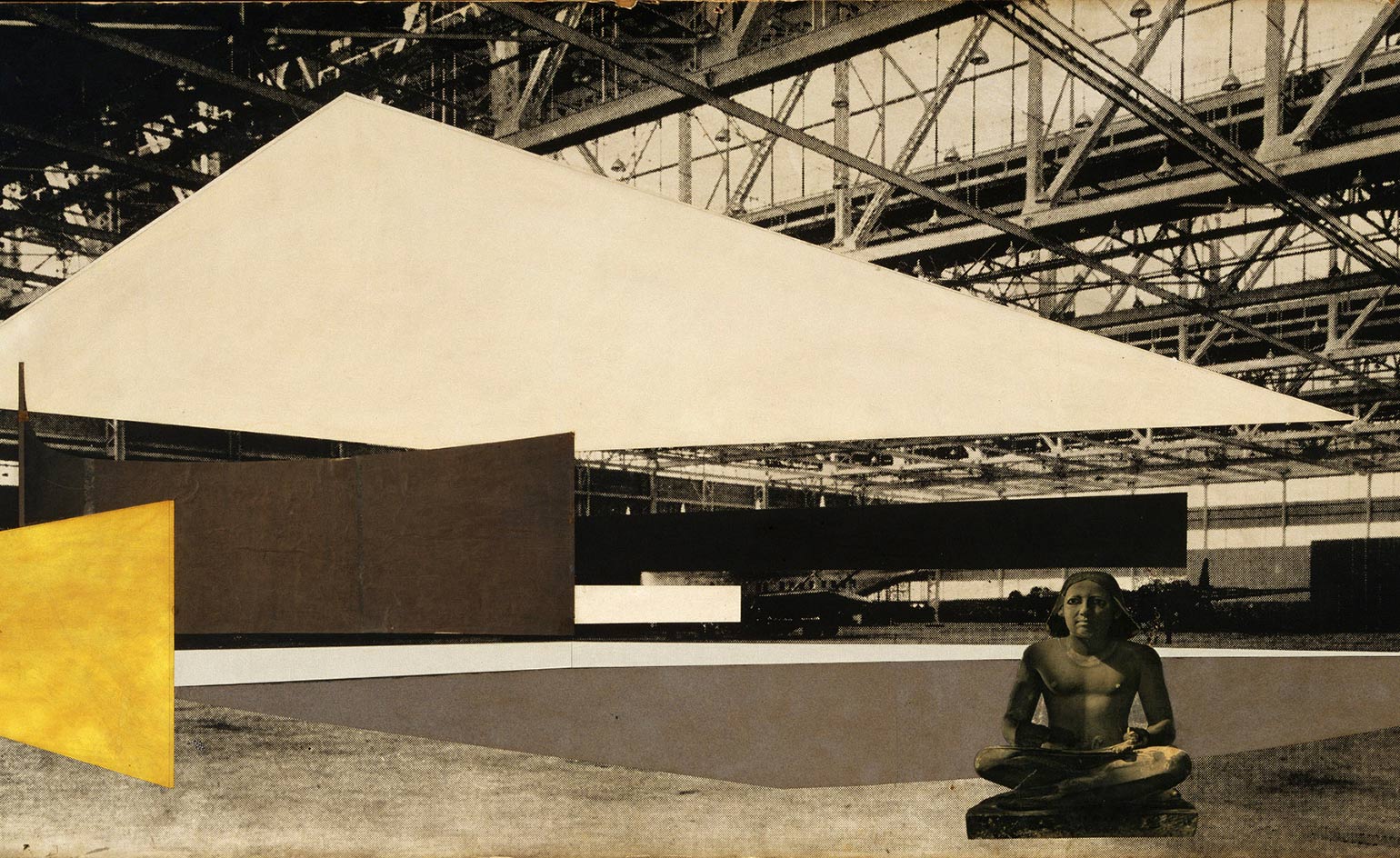
Interior perspective of Project for Concert Hall, 1942, by Mies van der Rohe.
Combining illustration, sketches and photomontage, the collages are architecturally led, setting the principles of modernism with strong dimension-building lines and striking spatial concepts for interiors for built projects such as his Convention Hall in Chicago (1952–54) and also those that were never realised, such as Museum For a Small City (1941–43) and the Georg Schaefer Museum Project, Schweinfurt, Germany (1960–63).
Along with a precise grasp on composition from his architectural training, his artistic aesthetic took influence from the 20th century movements of dada, constructivism, and De Stijl (van der Rohe was both friends with artists and a collector himself).
The exhibition follows a chronological course, yet places his works in historical and artistic contexts, aligning them with contemporaries including Kurt Schwitters, Hannah Höch and László Moholy-Nagy, artists who were lifelong influences to his practice such as Paul Klee and Georges Braque, and practitioners who address his own architectural work, such as Thomas Ruff.
Curated by Andreas Beitin and Holger Otten in collaboration with Museum Georg Schäfer in Schweinfurt, Germany, the exhibition will travel to Schweinfurt next, from 26 February – 28 May 2017.
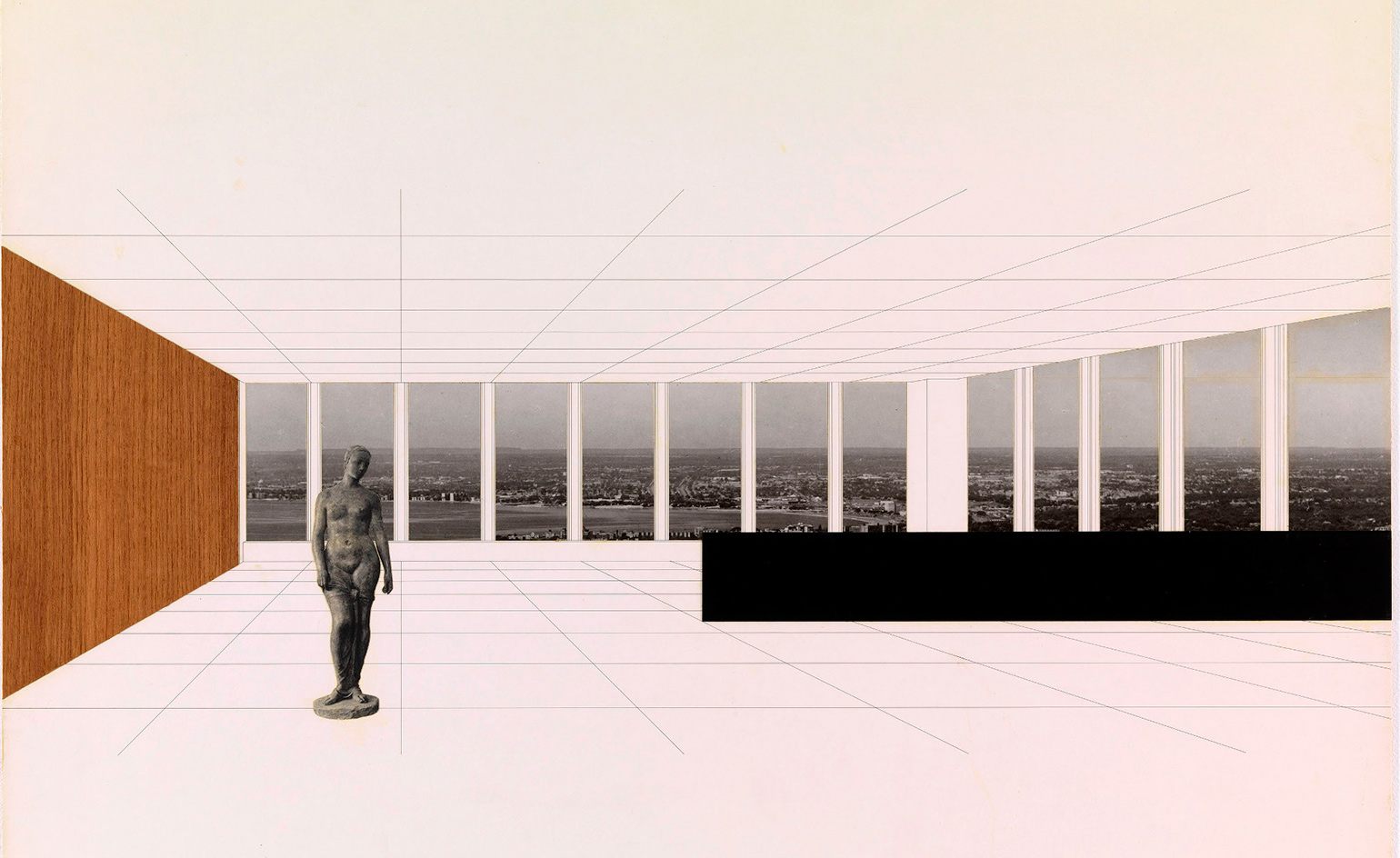
Interior perspective with view of site of the Georg Schaefer Museum Project, Schweinfurt, 1960–1963, by Mies van der Rohe.
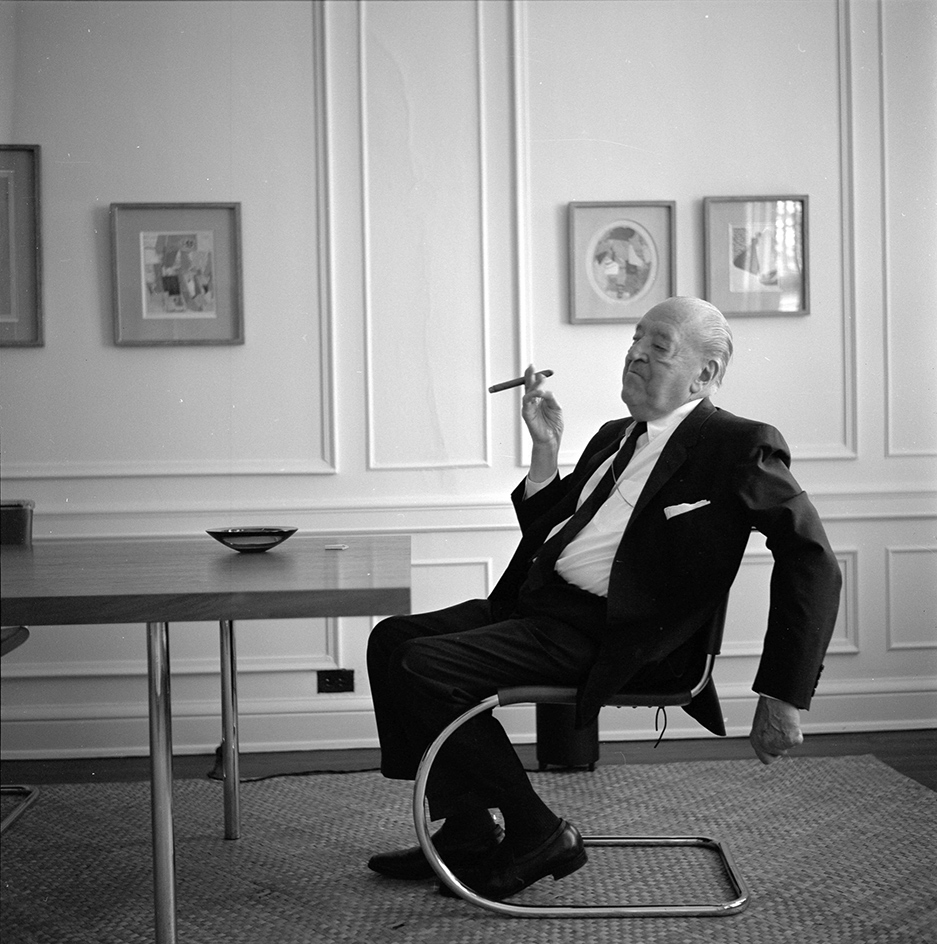
Mies van der Rohe in his apartment, Chicago, 1964.
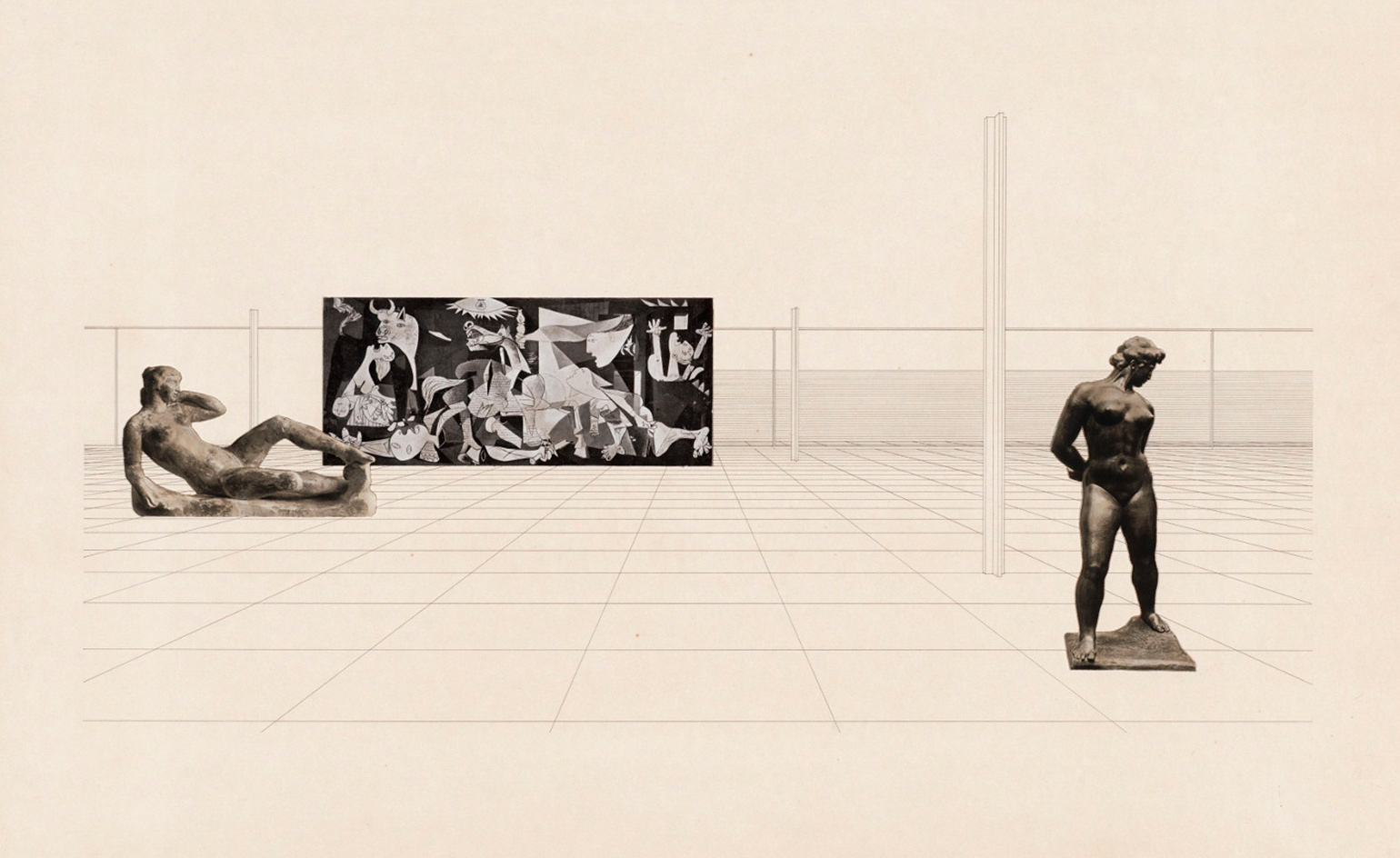
Interior perspective of Museum for a Small City, 1942–43, by Mies van der Rohe.
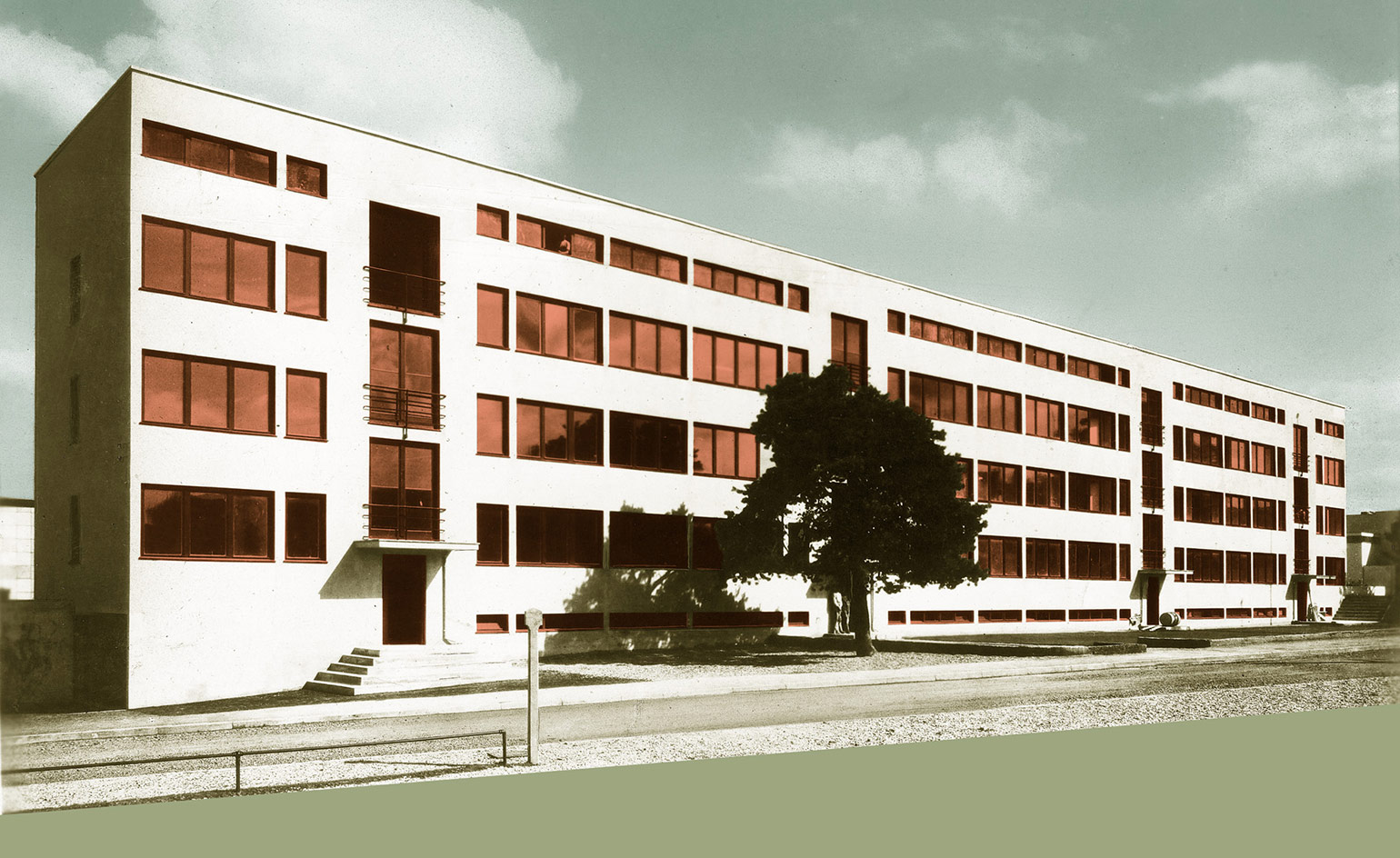
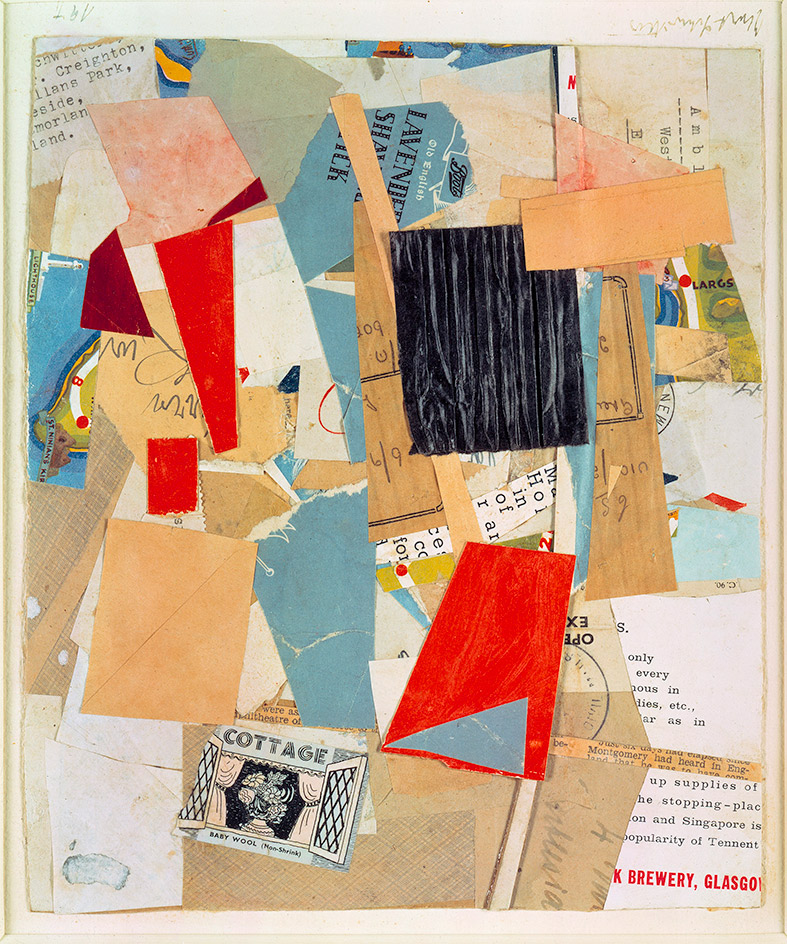
Ohne Titel (Cottage), by Kurt Schwitters.
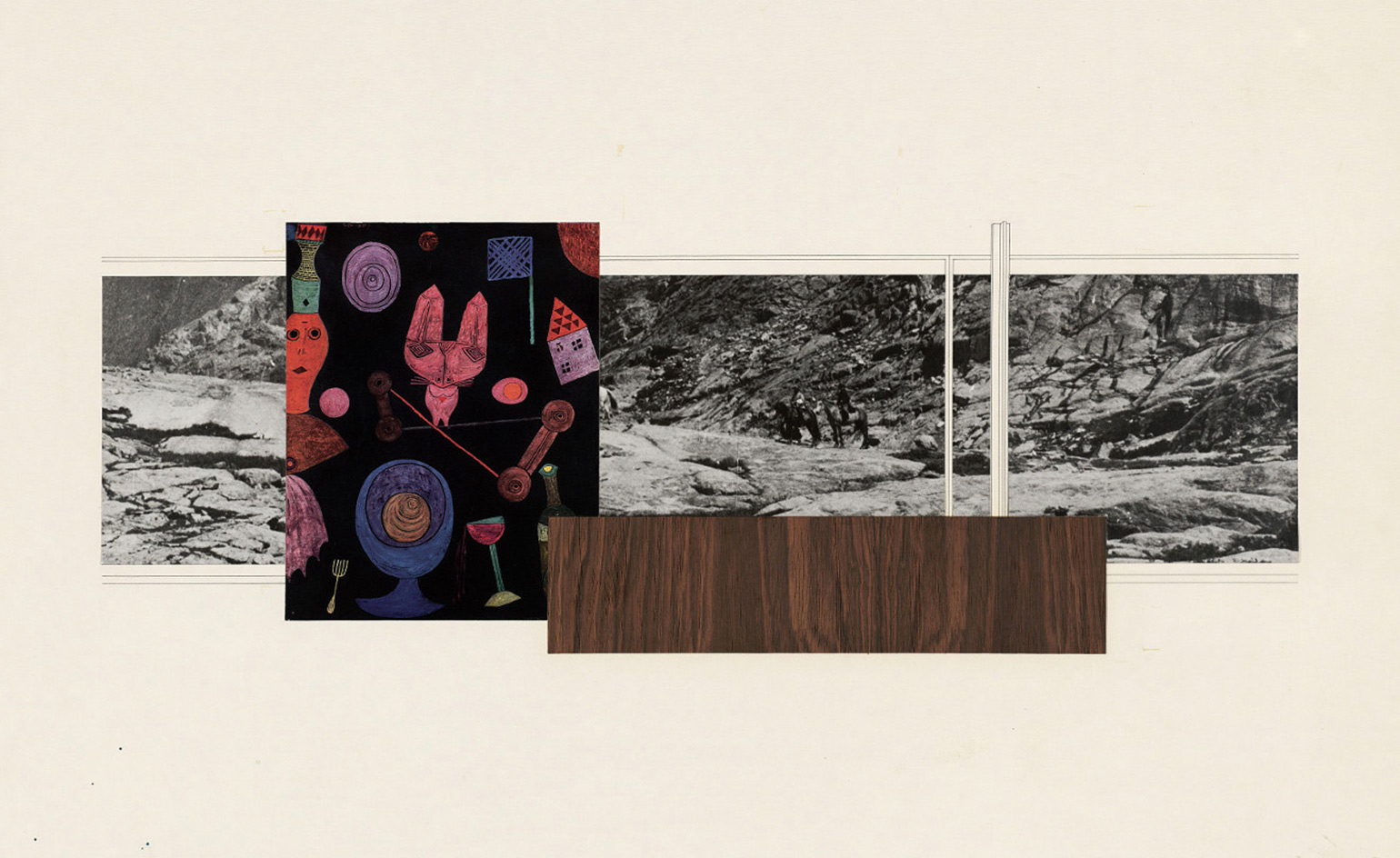
Perspective of living room through the south glass wall of the unbuilt Resor House project (Jackson Hole, Wyoming), 1937–1941, by Mies van der Rohe.
INFORMATION
’Mies van der Rohe: The MoMA Collages’ is on view until 12 February 2017. For more information, visit the Ludwig Forum website
ADDRESS
Ludwig Forum
Jülicher Strasse 97–109
52070 Aachen
Receive our daily digest of inspiration, escapism and design stories from around the world direct to your inbox.
Harriet Thorpe is a writer, journalist and editor covering architecture, design and culture, with particular interest in sustainability, 20th-century architecture and community. After studying History of Art at the School of Oriental and African Studies (SOAS) and Journalism at City University in London, she developed her interest in architecture working at Wallpaper* magazine and today contributes to Wallpaper*, The World of Interiors and Icon magazine, amongst other titles. She is author of The Sustainable City (2022, Hoxton Mini Press), a book about sustainable architecture in London, and the Modern Cambridge Map (2023, Blue Crow Media), a map of 20th-century architecture in Cambridge, the city where she grew up.
-
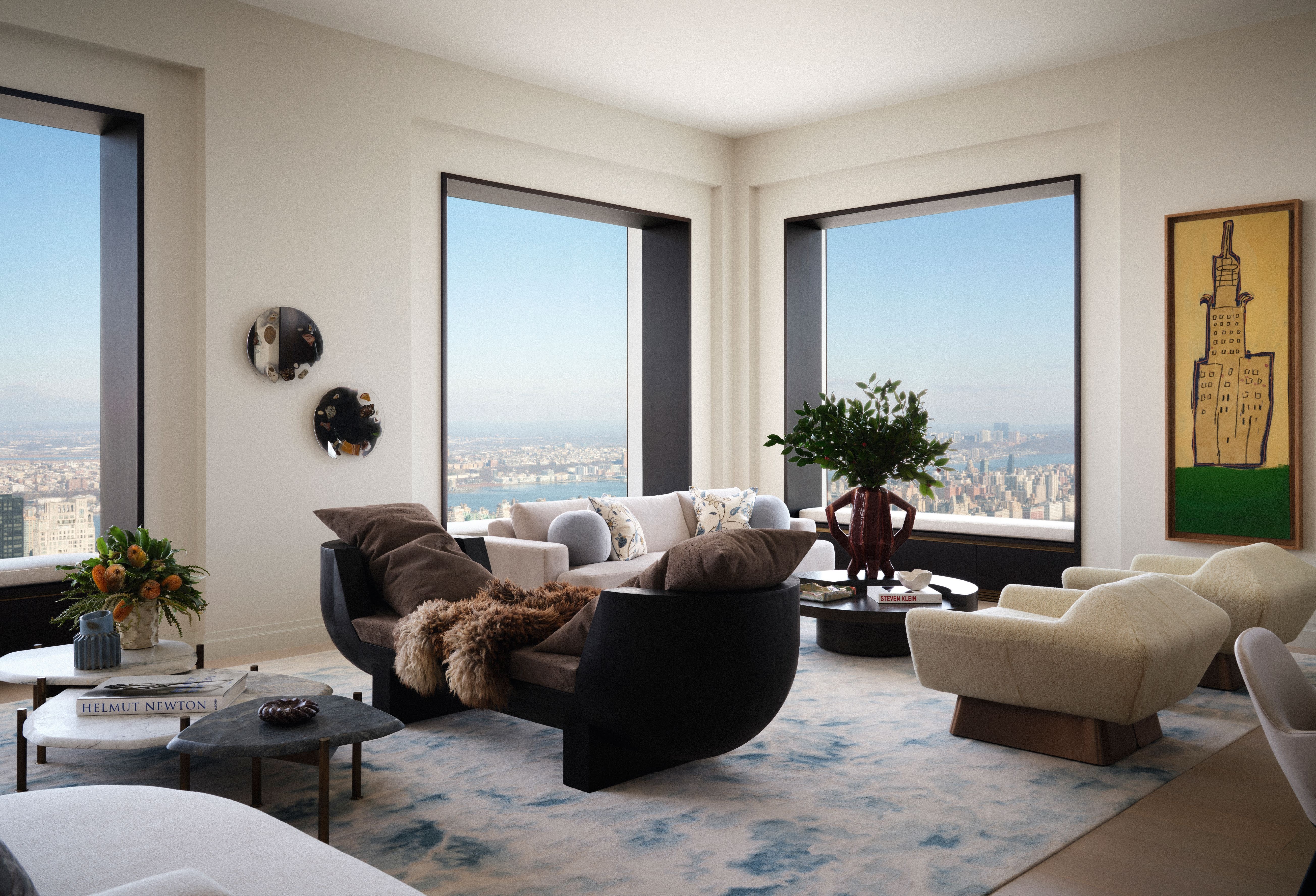 A 432 Park Avenue apartment is an art-filled family home among the clouds
A 432 Park Avenue apartment is an art-filled family home among the cloudsAt 432 Park Avenue, inside and outside compete for starring roles; welcome to a skyscraping, art-filled apartment in Midtown Manhattan
-
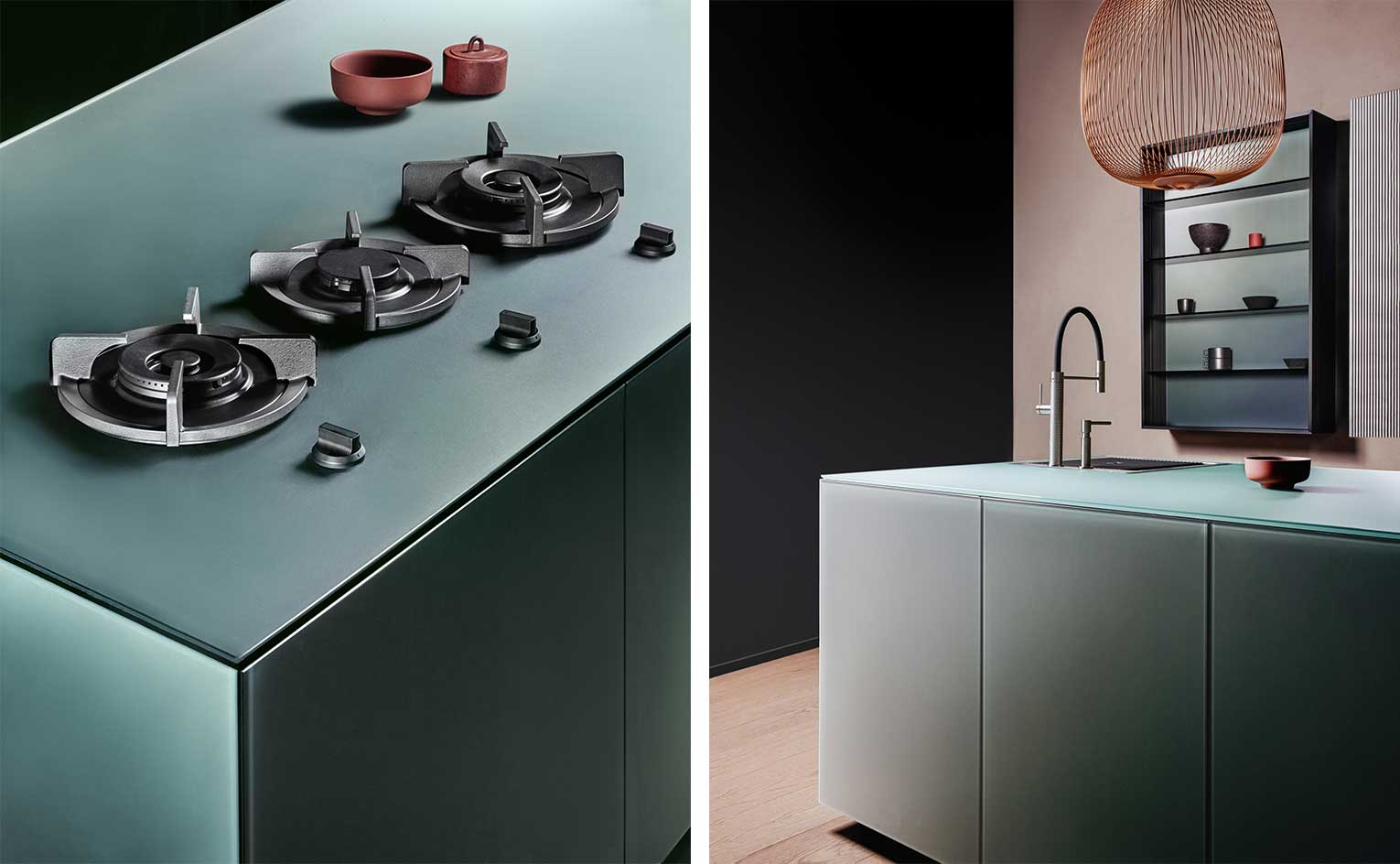 Kitchen Trends 2026: luminosity, colour, and unexpected materiality
Kitchen Trends 2026: luminosity, colour, and unexpected materialityThese are kitchen trends shaping interior design in 2026, from collaborative kitchens to warm luminosity
-
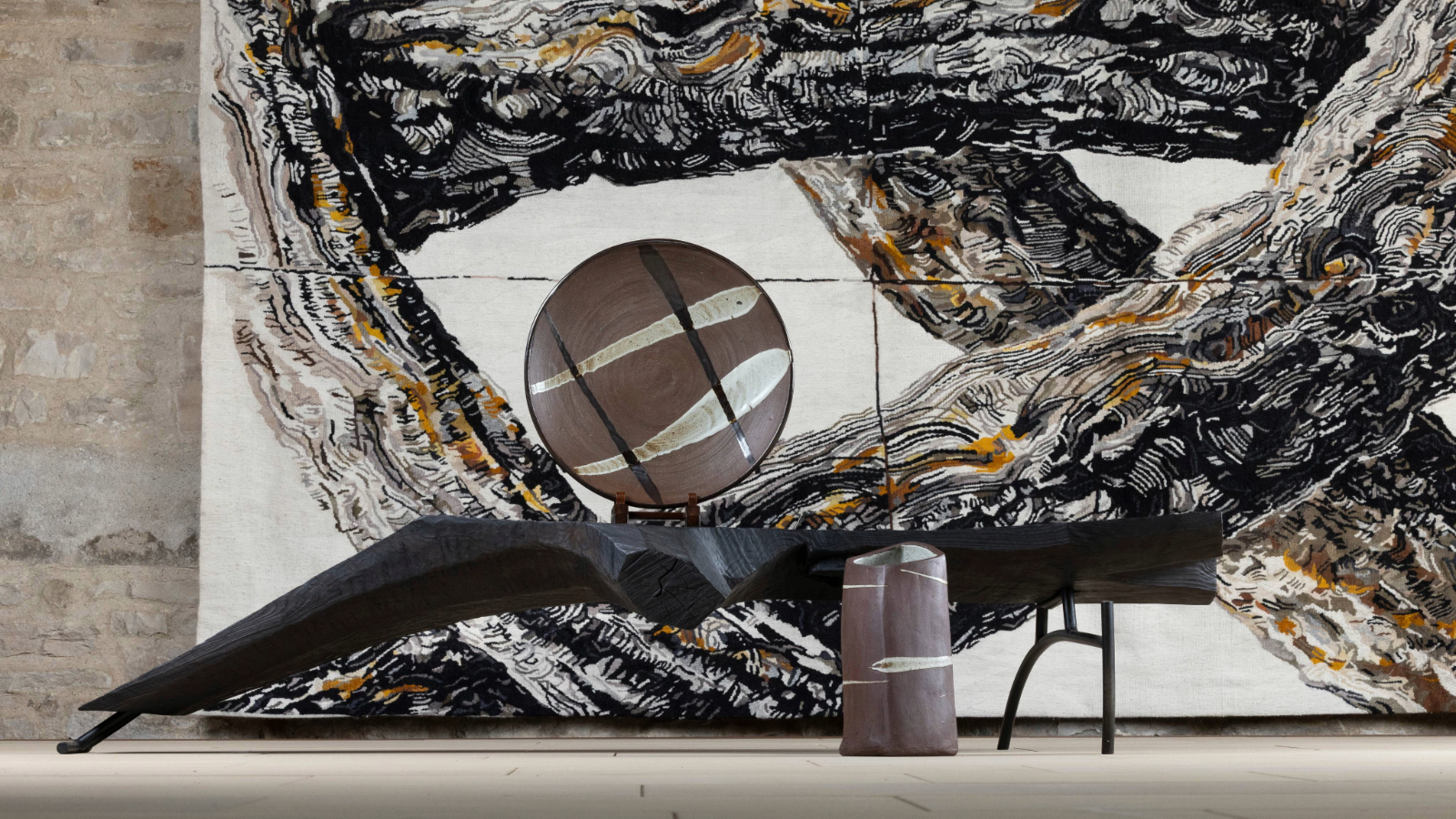 A gallery in the heart of the Yorkshire Dales showcases work inspired by nature
A gallery in the heart of the Yorkshire Dales showcases work inspired by natureThorns Gallery opens in the heart of the Yorkshire Dales, with founders Jonathan Reed and Graeme Black aiming to showcase artworks inspired by the natural world
-
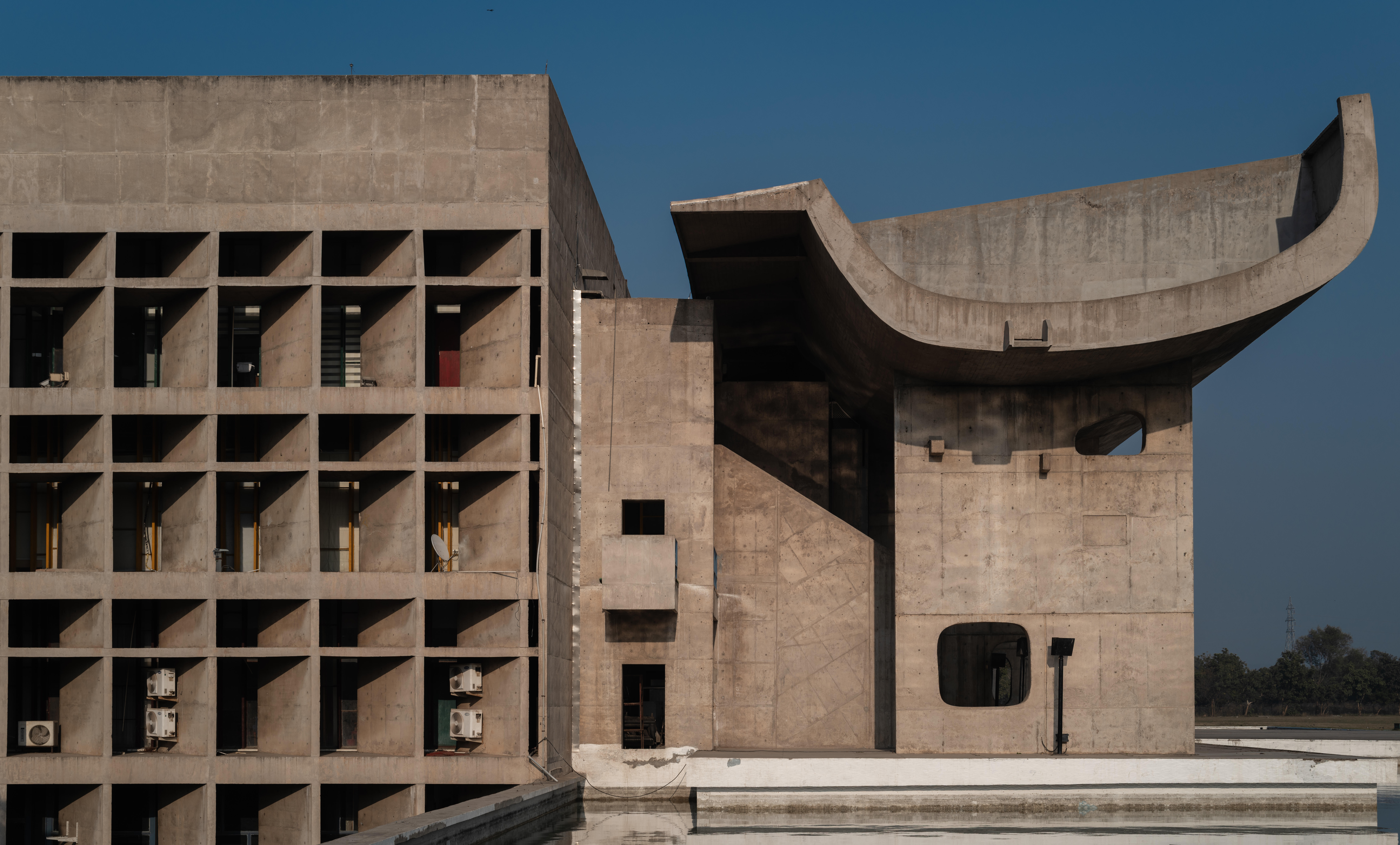 A guide to modernism’s most influential architects
A guide to modernism’s most influential architectsFrom Bauhaus and brutalism to California and midcentury, these are the architects who shaped modernist architecture in the 20th century
-
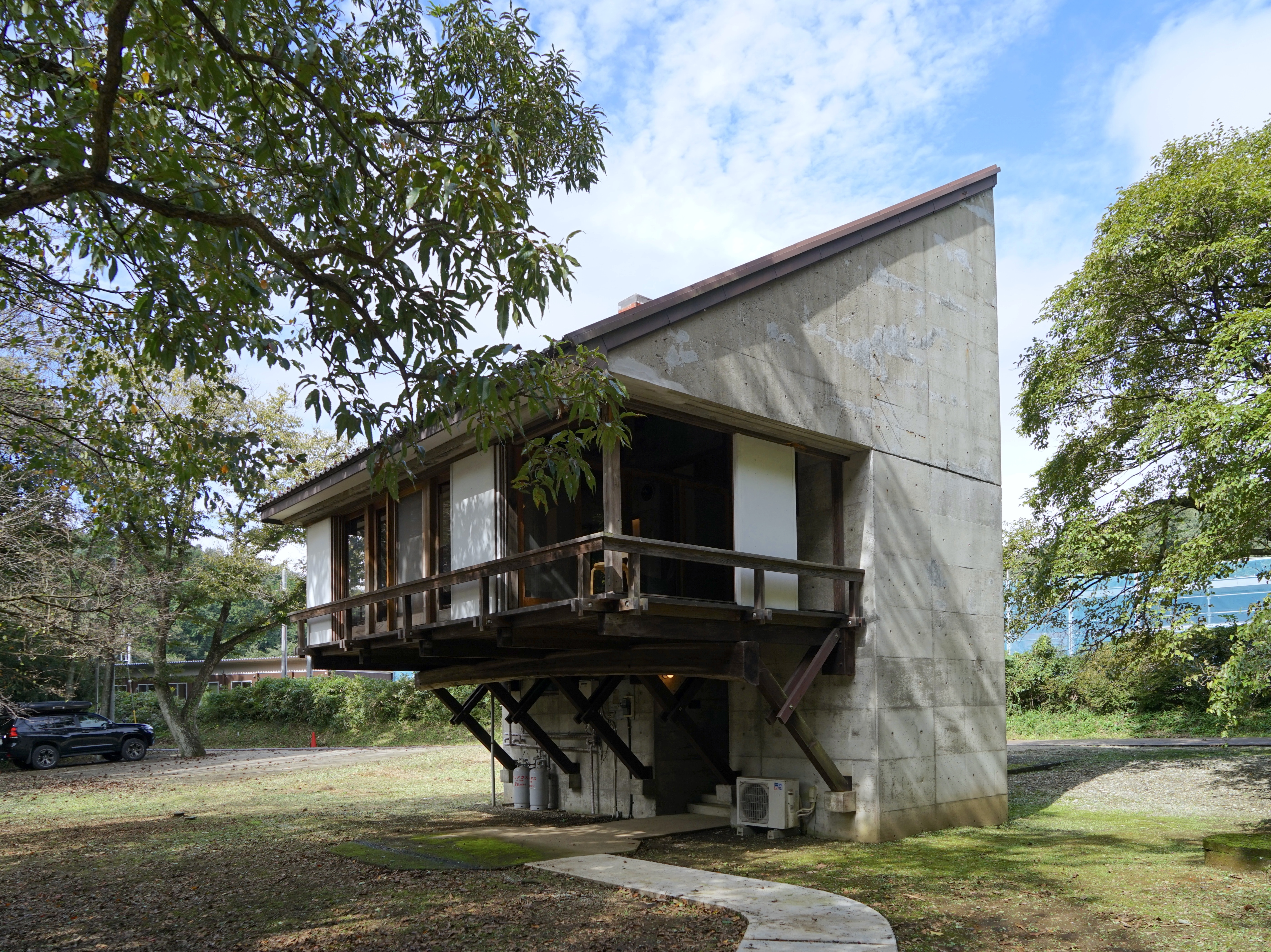 Mayumi Miyawaki’s Fukumura Cottage puts this lesser-known Japanese modernist in the spotlight
Mayumi Miyawaki’s Fukumura Cottage puts this lesser-known Japanese modernist in the spotlightDiscover the little-known modernist architect through this private home in Japan’s Tochigi prefecture countryside
-
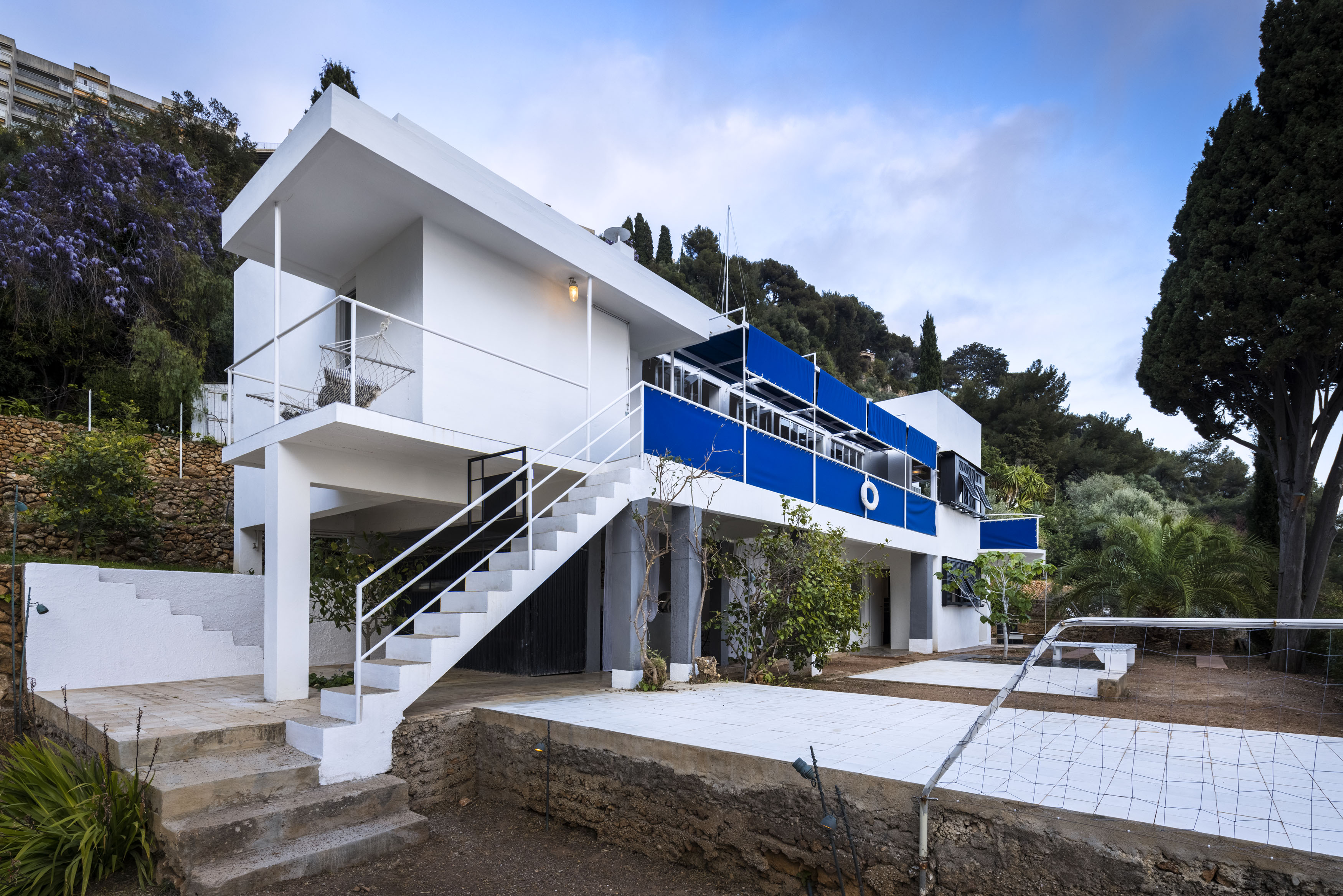 Eileen Gray: A guide to the pioneering modernist’s life and work
Eileen Gray: A guide to the pioneering modernist’s life and workGray forever shaped the course of design and architecture. Here's everything to know about her inspiring career
-
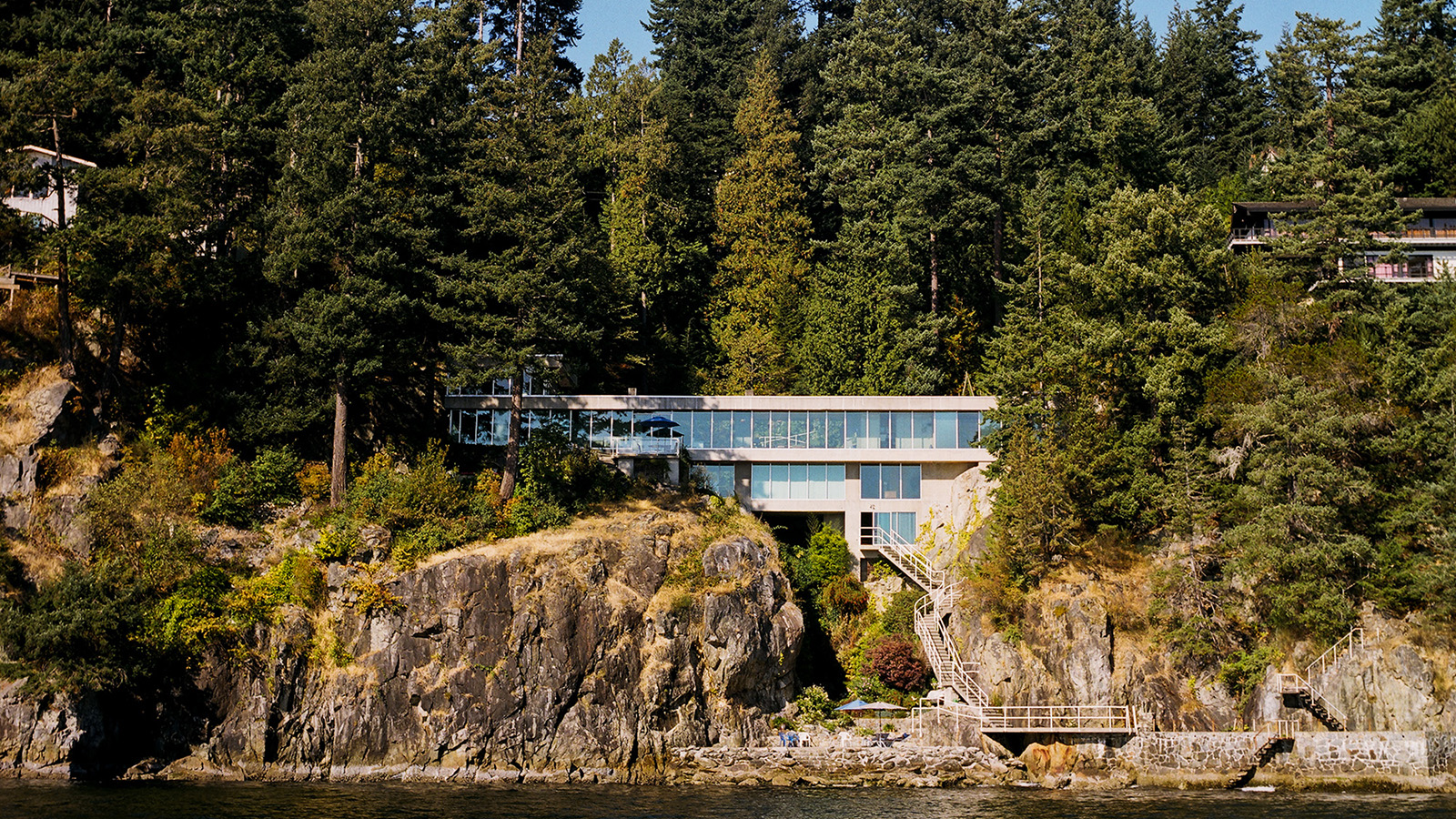 Discover Canadian modernist Daniel Evan White’s pitch-perfect homes
Discover Canadian modernist Daniel Evan White’s pitch-perfect homesCanadian architect Daniel Evan White (1933-2012) had a gift for using the landscape to create extraordinary homes; revisit his story in an article from the Wallpaper* archives (first published in 2011)
-
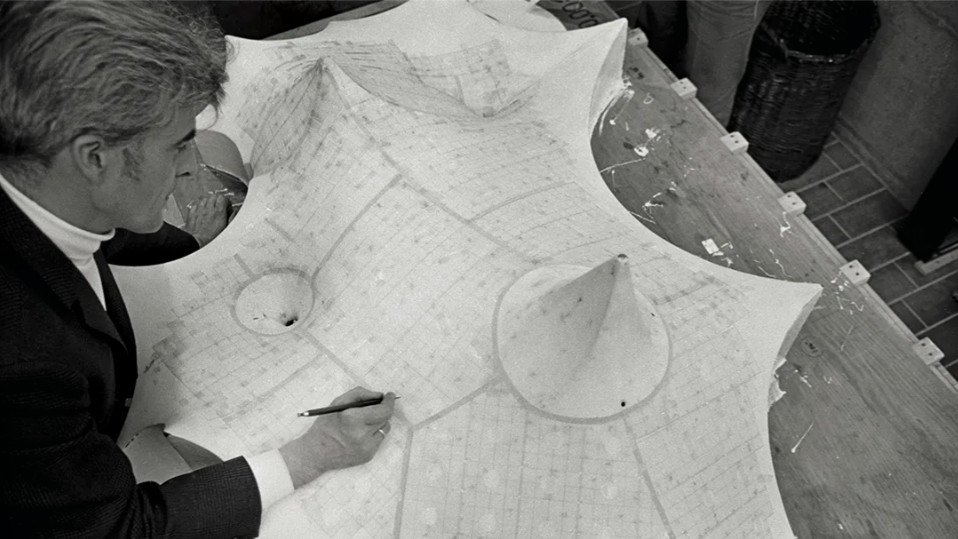 A new book delves into Frei Otto’s obsession with creating ultra-light architecture
A new book delves into Frei Otto’s obsession with creating ultra-light architecture‘Frei Otto: Building with Nature’ traces the life and work of the German architect and engineer, a pioneer of high-tech design and organic structures
-
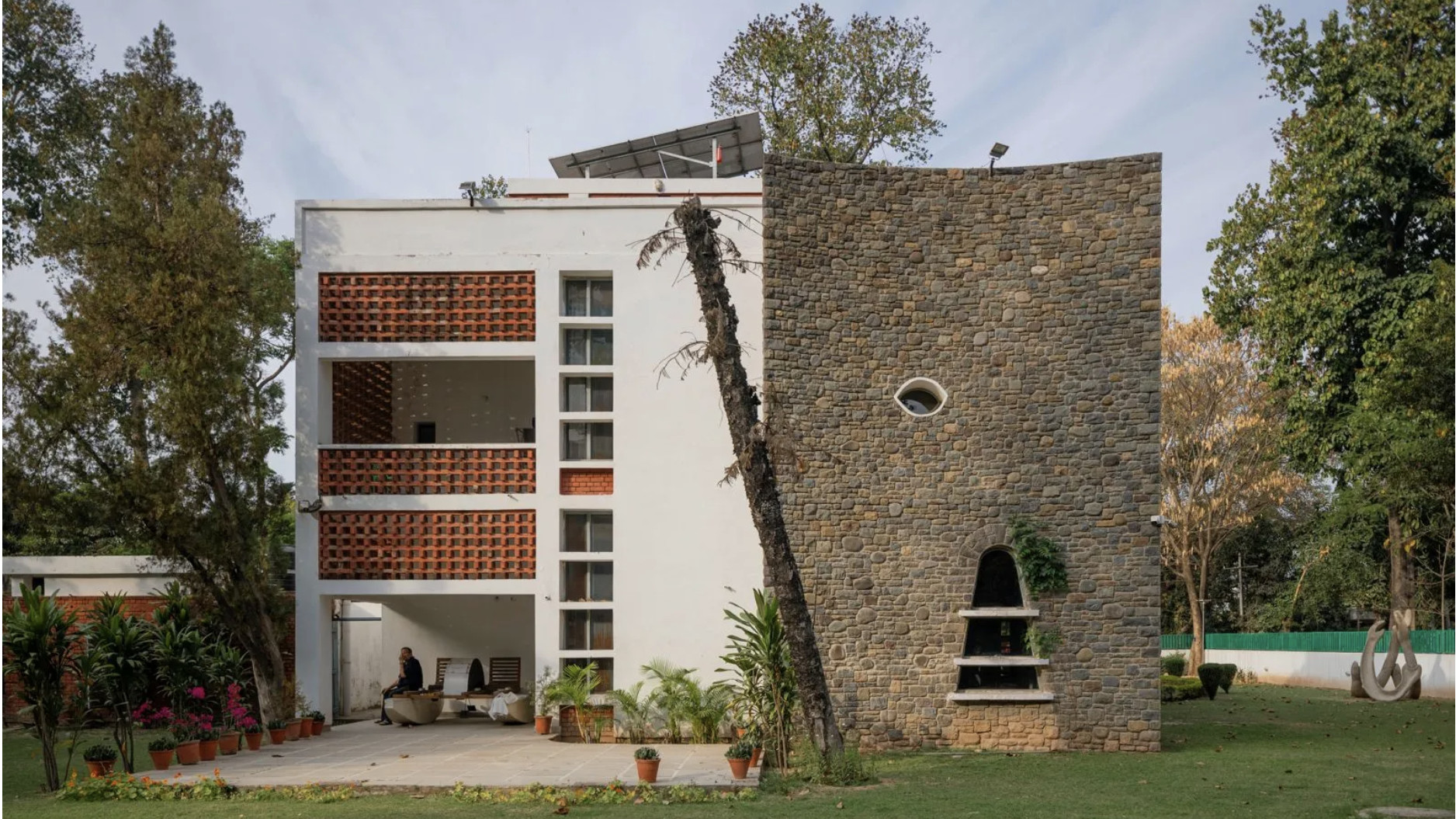 A night at Pierre Jeanneret’s house, Chandigarh’s best-kept secret
A night at Pierre Jeanneret’s house, Chandigarh’s best-kept secretPierre Jeanneret’s house in Chandigarh is a modernist monument, an important museum of architectural history, and a gem hidden in plain sight; architect, photographer and writer Nipun Prabhakar spent the night and reported back
-
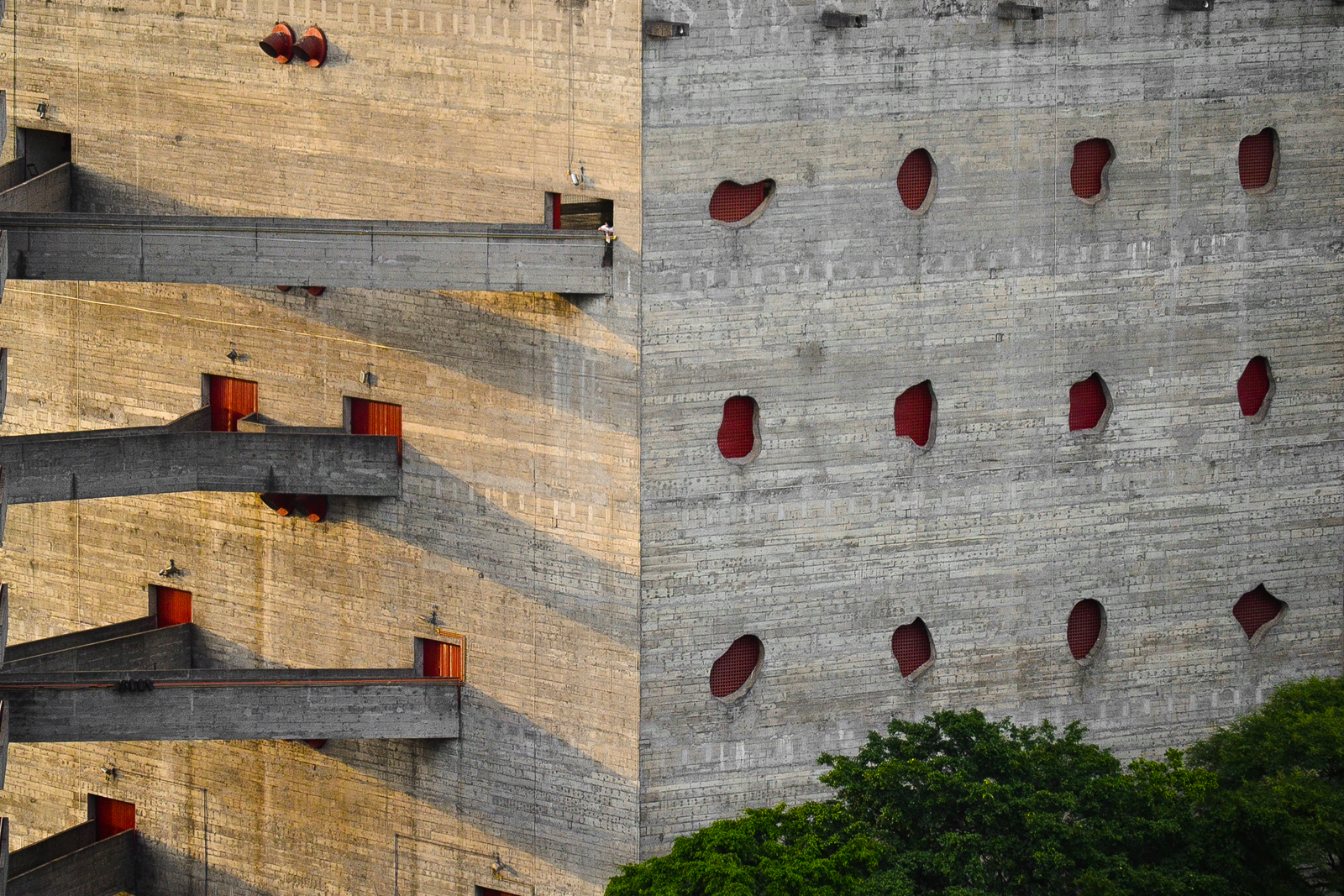 Lina Bo Bardi, the misunderstood modernist, and her influential architecture
Lina Bo Bardi, the misunderstood modernist, and her influential architectureA sense of mystery clings to Lina Bo Bardi, a modernist who defined 20th-century Brazilian architecture, making waves still felt in her field; here, we explore her work and lasting influence
-
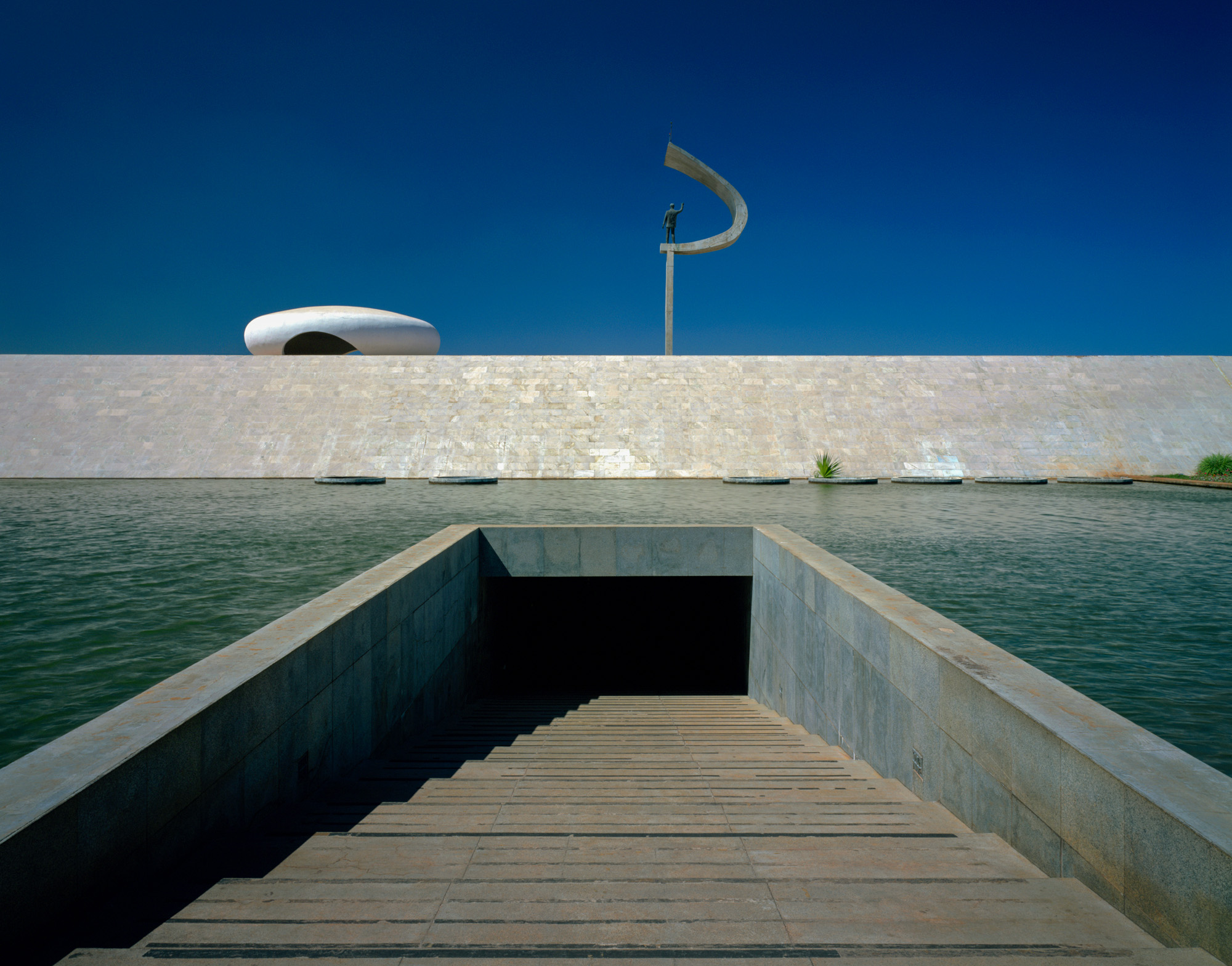 Oscar Niemeyer: a guide to the Brazilian modernist, from big hits to lesser-known gems
Oscar Niemeyer: a guide to the Brazilian modernist, from big hits to lesser-known gemsArchitecture master Oscar Niemeyer defined 20th-century architecture and is synonymous with Brazilian modernism; our ultimate guide explores his work, from lesser-known schemes to his big hits; and we revisit a check-in with the man himself